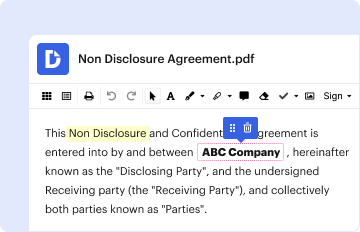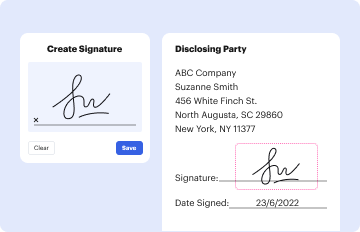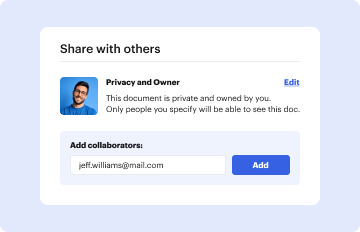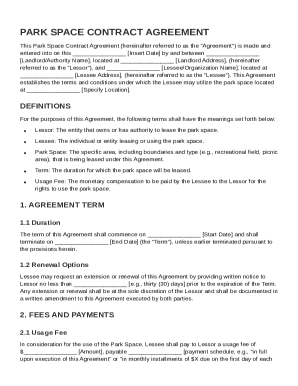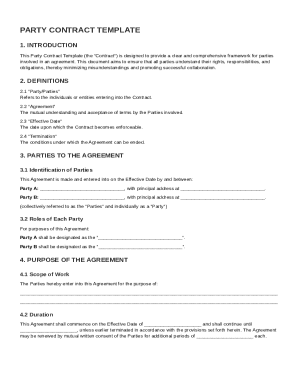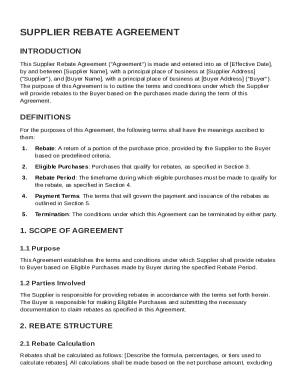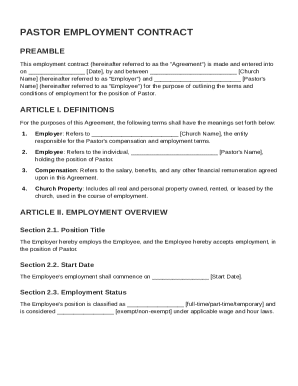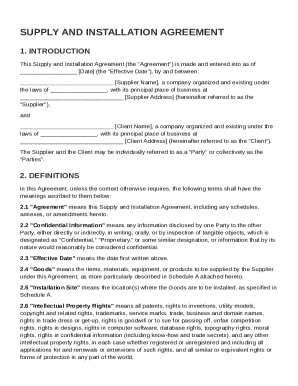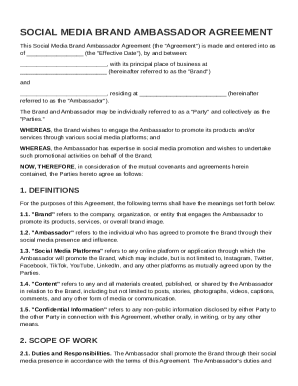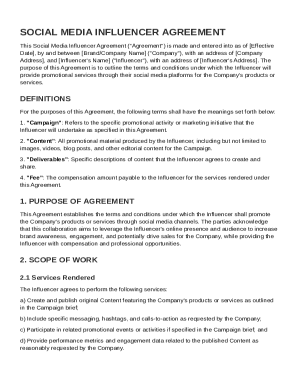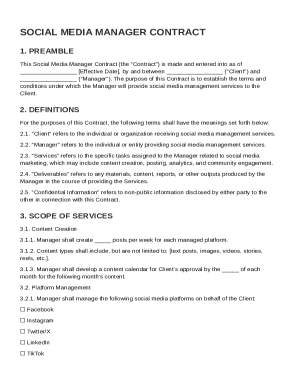Definition and Meaning of Schedule D (Form 1120)
Schedule D (Form 1120) is a specialized tax form used by corporations in the United States to report capital gains and losses, aiding the Internal Revenue Service (IRS) in the assessment of tax liabilities related to capital transactions. This form delineates short-term and long-term capital gains and losses, allowing corporations to detail information such as the proceeds from the sale of assets, cost basis, and certain adjustments related to these transactions. Including Schedule D with the main Form 1120 is mandatory for corporations that realize capital gains or losses during the tax year, ensuring accurate reporting and compliance with tax regulations.
Corporations need to categorize their capital assets into short-term—held for one year or less—and long-term—held for more than one year. This categorization affects the tax rates applied, as long-term capital gains generally benefit from lower tax rates. Understanding this distinction is essential for accurate tax planning and liability forecasting.
How to Use Schedule D (Form 1120)
To effectively utilize Schedule D, corporations must first gather relevant information about their capital transactions from the tax year. This includes details on any sales of stocks, bonds, or other investments. The following steps outline the process:
- Collect Transaction Data: Compile information related to each capital asset sold, including purchase price, selling price, and the holding period.
- Determine Gains and Losses: Calculate the capital gain or loss for each transaction. A gain occurs when the sale price exceeds the purchase price, while a loss occurs when the purchase price exceeds the sale price.
- Complete the Form: Using the calculated figures, fill out the sections of Schedule D dedicated to short-term and long-term capital gains and losses.
- Summarize Results: At the end of the form, total the gains and losses, leading to a net capital gain or loss for the tax year, which must be reported on Form 1120.
Understanding the nuances of this form's structure will enhance accuracy in reporting and compliance with IRS requirements.
Steps to Complete Schedule D (Form 1120)
Completing Schedule D involves a systematic approach that requires meticulous attention to detail. Below are essential steps for successful completion:
- Begin with Identification: At the top of the form, fill in the corporation's name, identification number, and the tax year being reported.
- Split Capital Transactions: Input details for each capital transaction under the corresponding sections for short-term and long-term. Include:
- Proceeds: The total amount received from the sale.
- Cost or Other Basis: The original value of the asset, adjusted for any improvements or losses.
- Gains and Losses: Calculate and enter the net values for each category.
- Add Specific Notations: For any transactions associated with qualified opportunity funds or like-kind exchanges, detail these transactions in the provided sections, as they may have additional reporting requirements.
- Total Gains and Losses: Sum both categories to arrive at the net result, which will feed into the main Form 1120.
- Review for Accuracy: Before submitting, verify that all calculations and entries are correct to avoid delays or audits.
By methodically handling each of these steps, corporations can ensure precise reporting of capital transactions.
Filing Deadlines for Schedule D (Form 1120)
Corporate entities must adhere to specific deadlines for filing Schedule D as part of their overall tax return. The general deadline for corporate tax returns, including Form 1120 and its schedules, is the fifteenth day of the fourth month following the end of the corporation's tax year. For example:
- Calendar Year Corporations: If a corporation's tax year ends on December 31, the filing deadline is April 15.
- Fiscal Year Corporations: Corporations operating on a fiscal year ending on a date other than December 31 must file Schedule D by the fifteenth day of the fourth month following the close of their fiscal year.
Extensions may be available; however, corporations should request an extension by the original deadline to avoid penalties.
Important Terms Related to Schedule D (Form 1120)
Understanding key terminology related to Schedule D is pivotal for accurate reporting. Here are some critical terms:
- Capital Gains: The profit made from the sale of an asset.
- Capital Losses: The loss incurred when the sale price of an asset is less than its cost basis.
- Cost Basis: The original value of an asset, including purchase price and any additional costs associated with the acquisition or improvement of the asset.
- Realized Gains and Losses: Gains or losses recognized upon the sale or exchange of a capital asset.
- Qualified Opportunity Fund (QOF): An investment vehicle established to encourage investment in economically distressed areas with potential tax benefits.
Familiarity with these terms will aid in the correct completion and understanding of Schedule D.
Key Elements of Schedule D (Form 1120)
Schedule D consists of several critical elements necessary for accurate reporting of capital gains and losses. Key elements include:
- Identification Section: Where the corporate name and tax identification number are entered.
- Short-Term Capital Gains and Losses: Detailed reporting of transactions on capital assets owned for less than one year.
- Long-Term Capital Gains and Losses: Reporting transactions for assets held longer than one year.
- Totals Summary: A consolidated summary that reflects the net capital gain or loss for tax reporting.
These elements are essential for ensuring that the form is completed fully and accurately, facilitating smooth compliance and effective tax planning.
IRS Guidelines for Schedule D (Form 1120)
The IRS provides specific guidelines for completing and submitting Schedule D. Compliance with these directives is crucial for avoiding penalties:
- Accurate Reporting: All numbers must reflect real transactions from the tax year, supported by appropriate documentation.
- Supporting Documentation: Corporations should keep records of every transaction reported on Schedule D, including purchase and sale agreements.
- Consulting IRS Instructions: The IRS publishes comprehensive instructions for completing Schedule D, which corporations should reference to clarify any uncertainties.
Following these guidelines ensures that all submissions meet legal requirements and minimizes the risk of audits or penalties.

